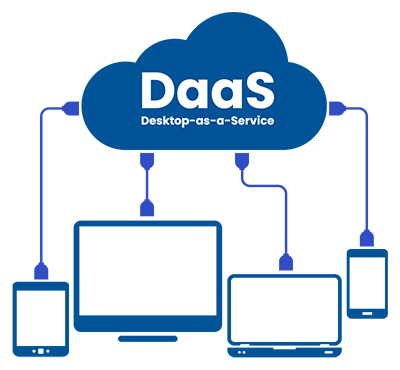Blog Article
The Machi Minute: The Benefits of Desktop-as-a-Service (DaaS)

Last week we explored what Desktop-as-a-Service is, and this week we’ll get into some of the benefits. As discussed in last week’s blog, security is a benefit because your business won’t have to worry about it. Data is stored in the DaaS provider data center, and the DaaS provider must manage that. Presumably, they’d be able to do a better job than a smaller business with this. But beyond that, data on your laptop wouldn’t exist or wouldn’t be as deep. When I worked for Intel years ago, I remember that we had quite a bit of training regarding how to manage your laptop on business trips to minimize the risk of it being stolen (excellent training, by the way, which I still utilize today). 
From an IT perspective, bringing on a new employee is easier. Decide which employee desktop template is required (i.e., the Product Management one, the Marketing one, the Sales one, etc.) for that employee and tie it to the new employee. Then the new employee logs in from the company device. In other words, someone can log into the virtual desktop anywhere, from any device, and the desktop will look the same.
IT can also manage “pushes” of applications easier – it’s just done centrally. And updates of security patches or updates of any kind to whatever thin client is used can be managed centrally.
And there are potential cost savings since thin clients are less expensive than laptops. Or even supports employees who may want to use their own laptop – they just log in to the DaaS system to get to their “employee” mode. I’ve also read some studies where virtual desktops or DaaS can lower energy used by your company.
Are there any downsides? Like any cloud service, when a centralized server environment is used, there is potential for things to “slow down” since there isn’t enough computing power in the central environment. Graphics intensive applications are examples of this. But there has been much work done by infrastructure providers to resolve these issues, and they are less and less of a problem.

